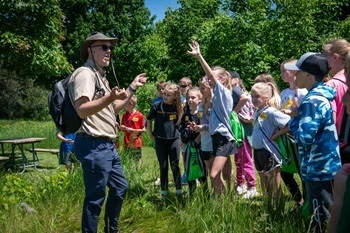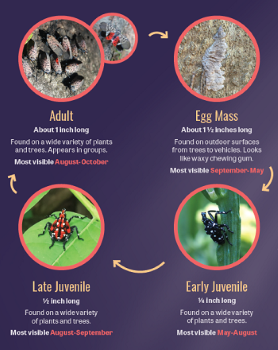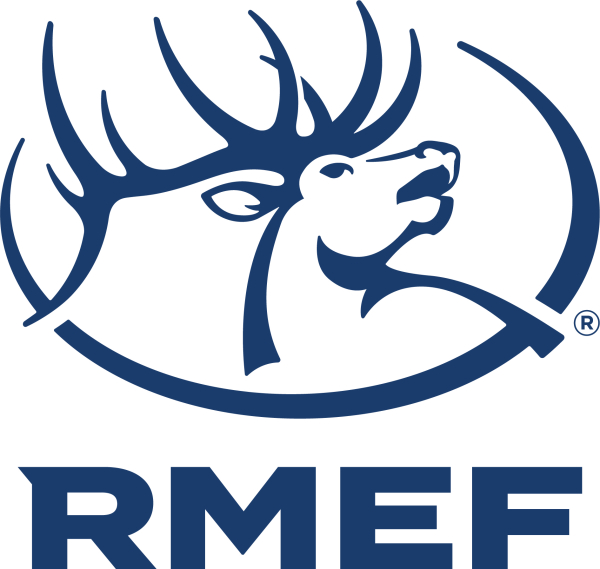Washington Fish and Wildlife Slow-Walks Public Records Request for 16 Months
Today, Jan. 28, the Sportsmen’s Alliance Foundation sued the Washington Department of Fish and Wildlife in state superior court for the department’s withholding of public records in violation of the state’s public records act (PRA). The Sportsmen’s Alliance initially sought public records in September 2023 pertaining to the business of the Washington Fish and Wildlife Commission, and the department has yet to deliver even a tiny fraction of the documents it identified as relevant to the Sportsmen’s Alliance’s request.
“Over 500 days have passed, and we’ve received less than 0.01% of the documents the department identified as relevant to our request,” said Dr. Todd Adkins, Senior Vice President at the Sportsmen’s Alliance. “Instead, we’ve been consistently strung along, with delivery promised by ever-extending deadlines. Which begs the question – what is the agency hiding? It’s no wonder the state’s sportsmen and women have little confidence in this process.”
On November 18, 2022, the Washington Fish and Wildlife Commission held a meeting at which it voted to cancel spring bear hunts. The vote came as a surprise to the Sportsmen’s Alliance and Washington hunters, as the meeting’s agenda gave no indication that a cancellation vote would be considered by the commission. Ultimately, spring bear hunting in Washington was canceled without providing sportsmen the opportunity to provide meaningful comments.
The Sportsmen’s Alliance suspected that members of the commission had violated open public meeting laws that would have allowed members of the public, including the Sportsmen’s Alliance and its members, to know that such a momentous vote was about to happen. The surprise vote raised concerns that members of the commission had routinely engaged in private communications among themselves concerning commission activities, meetings and votes. In order to investigate the activities of the commission leading up to the meeting and vote, the Sportsmen’s Alliance sought public records under the PRA.
Washington’s PRA requires the department to compile, and release, requested records in a reasonable amount of time. At its current rate in processing our request, the department will take 1,975,034 days, or over 5,411 years, to produce the responsive records. Unfortunately, this comes as no surprise. We’ve heard from sportsmen throughout Washington who wait for months and even years to get a response to their own requests.
“The department’s PRA request system is broken, and we’re hopeful our lawsuit results in a voluntary or mandatory fix,” said Michael Jean, Litigation Counsel at the Sportsmen’s Alliance Foundation. “In the meantime, however, we are asking the court to compel the release of the public records we’ve lawfully requested in order to hold the commission accountable for any statutory missteps it may have taken.” Read more








